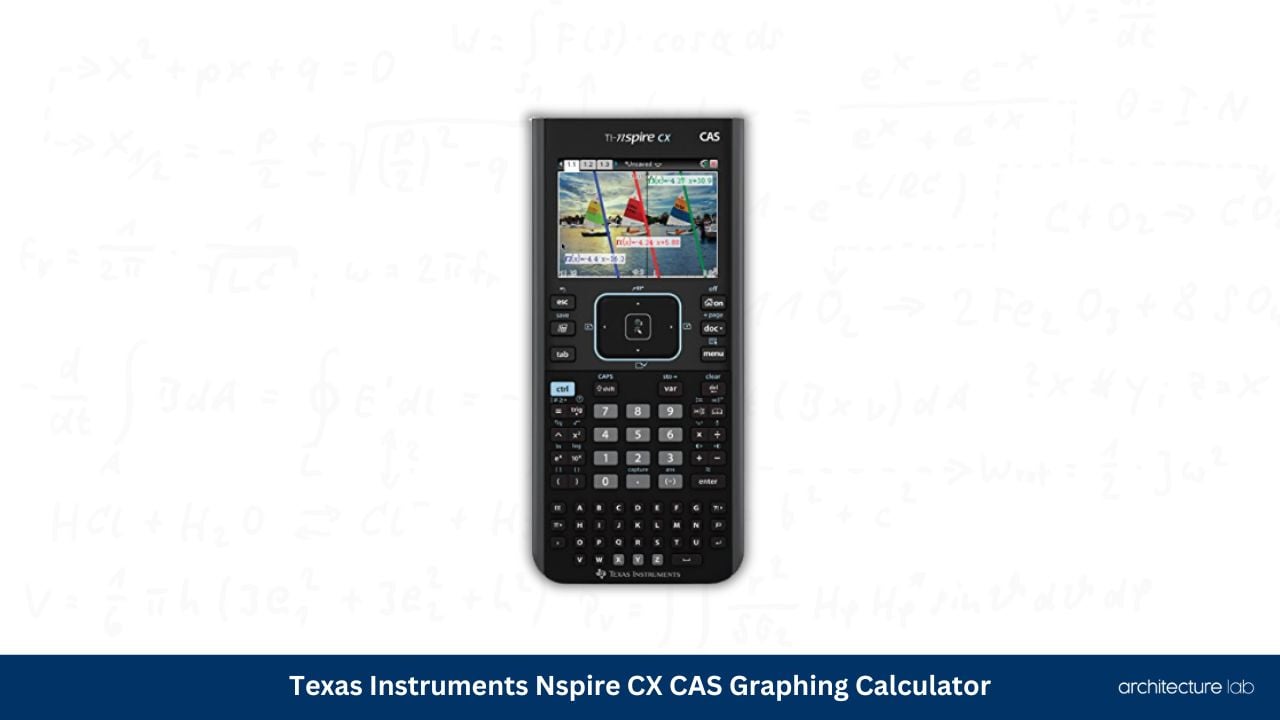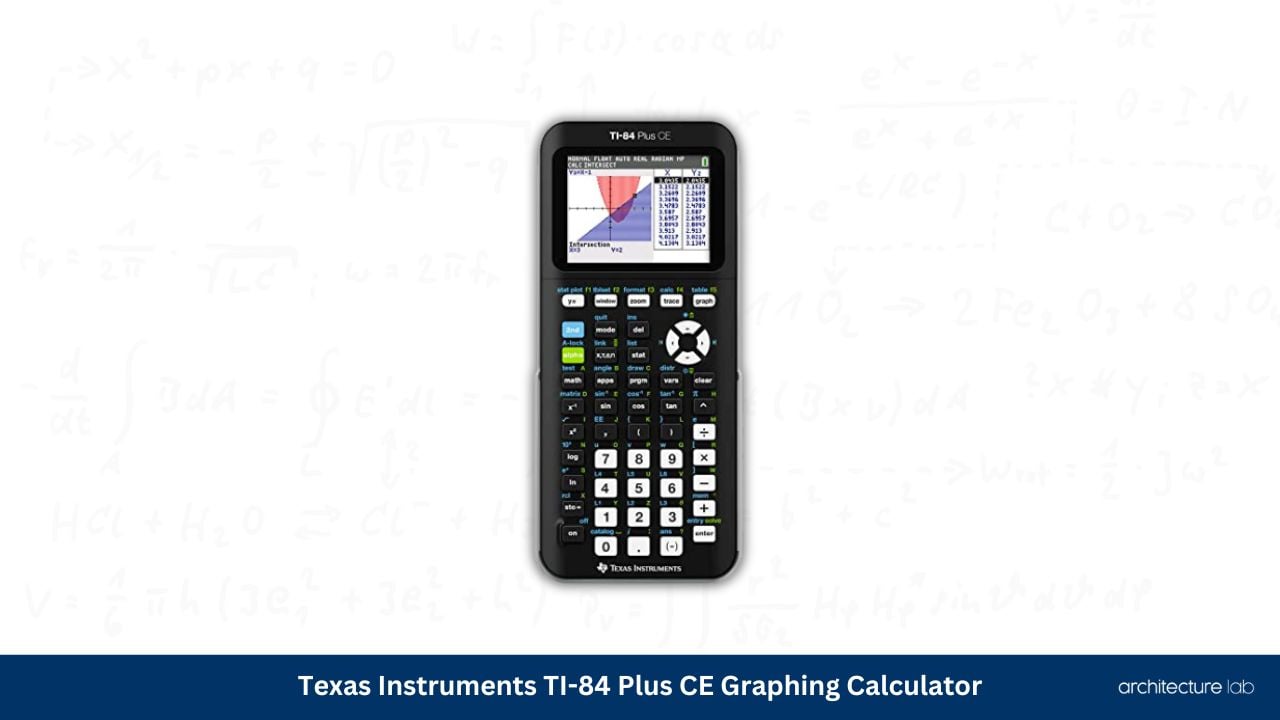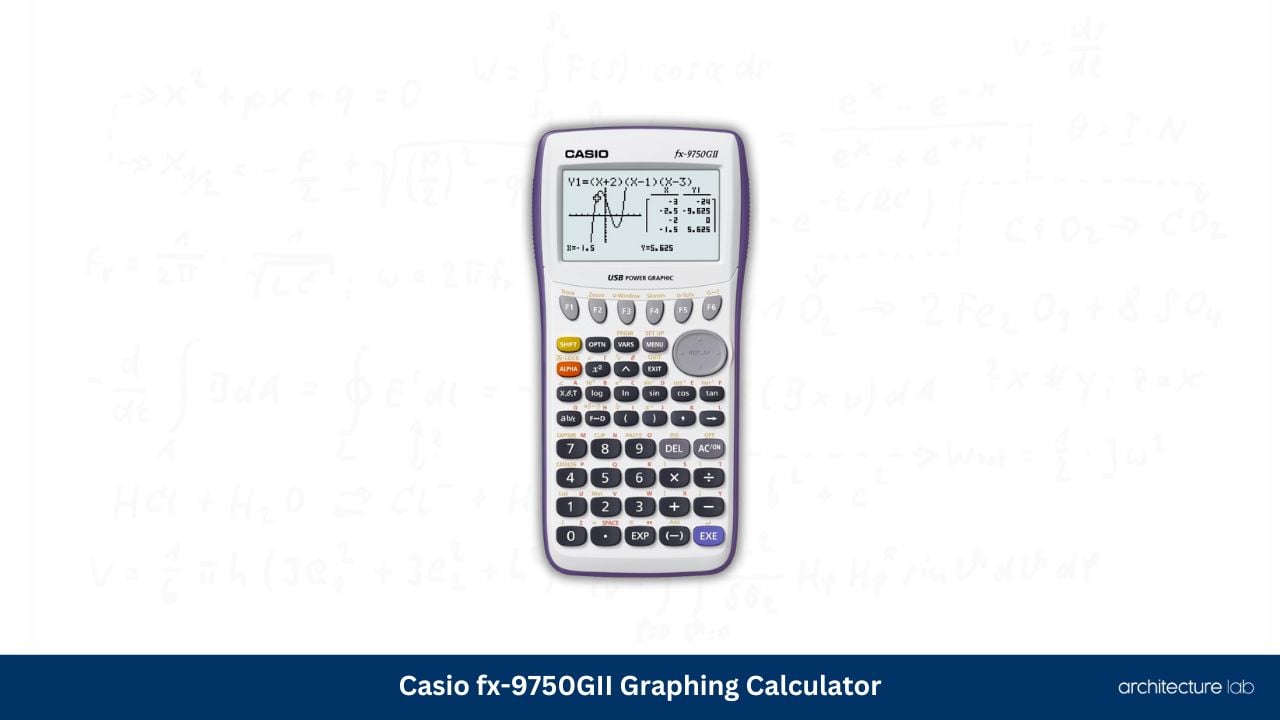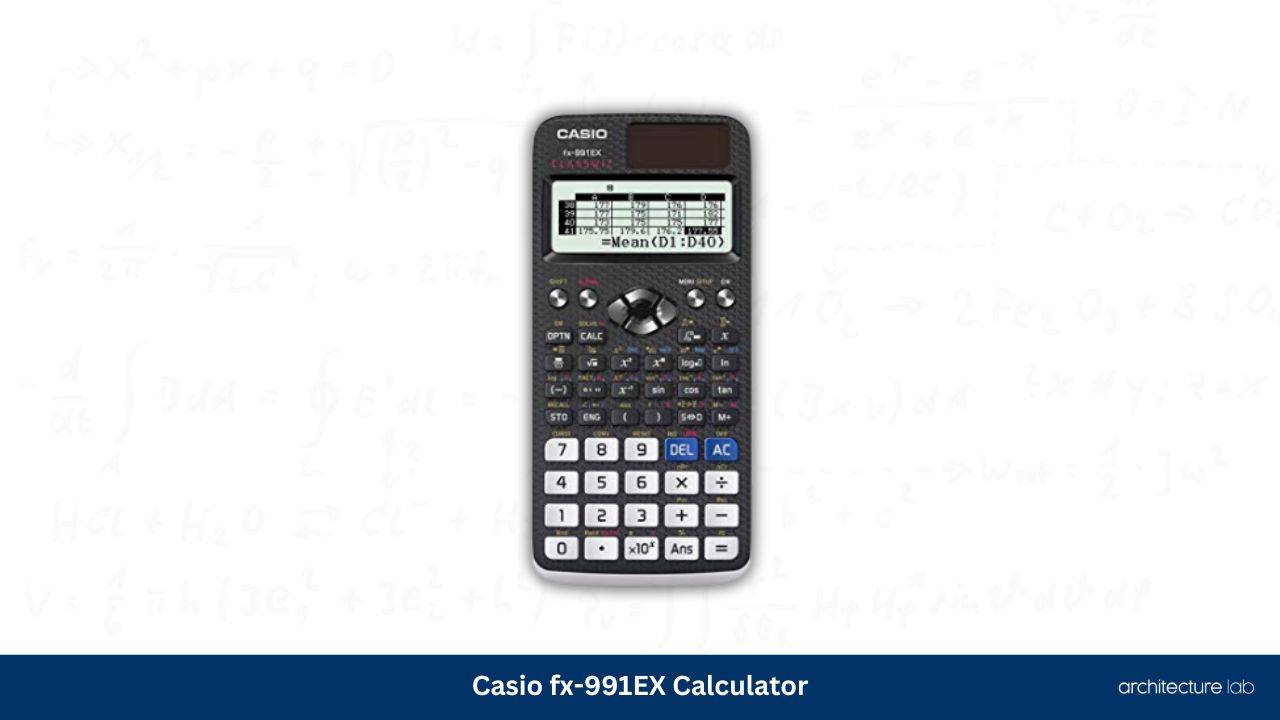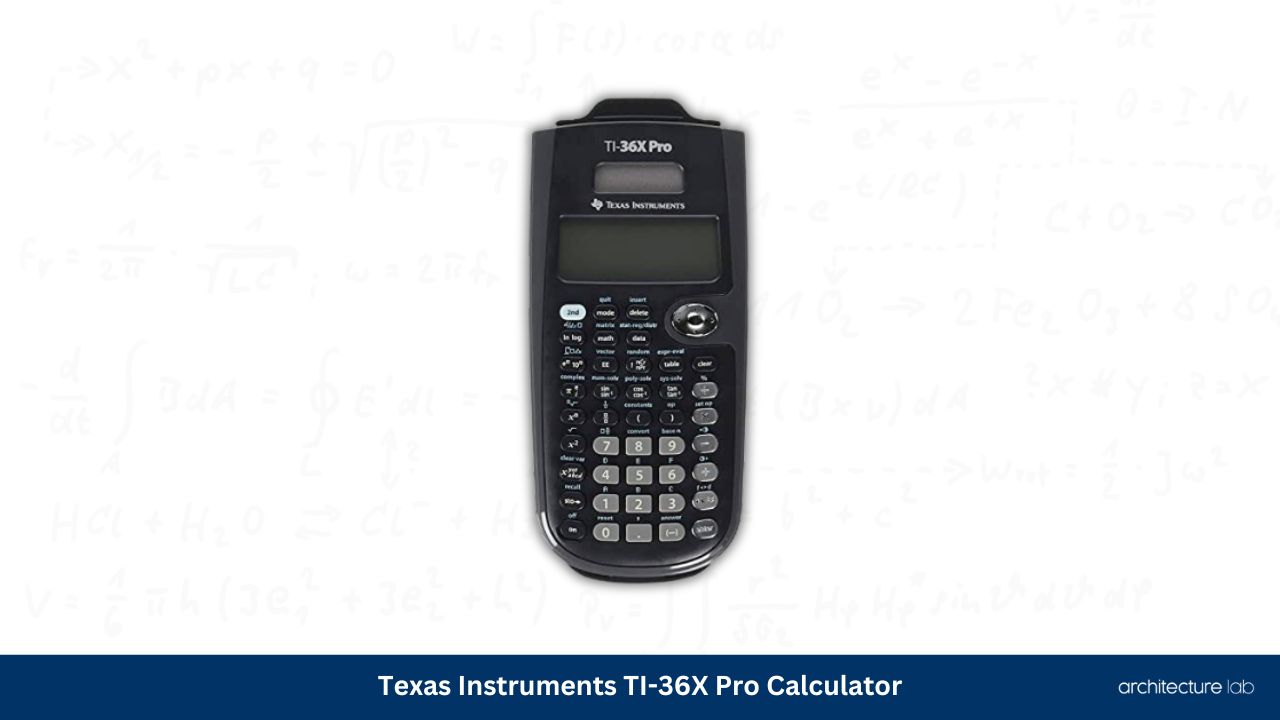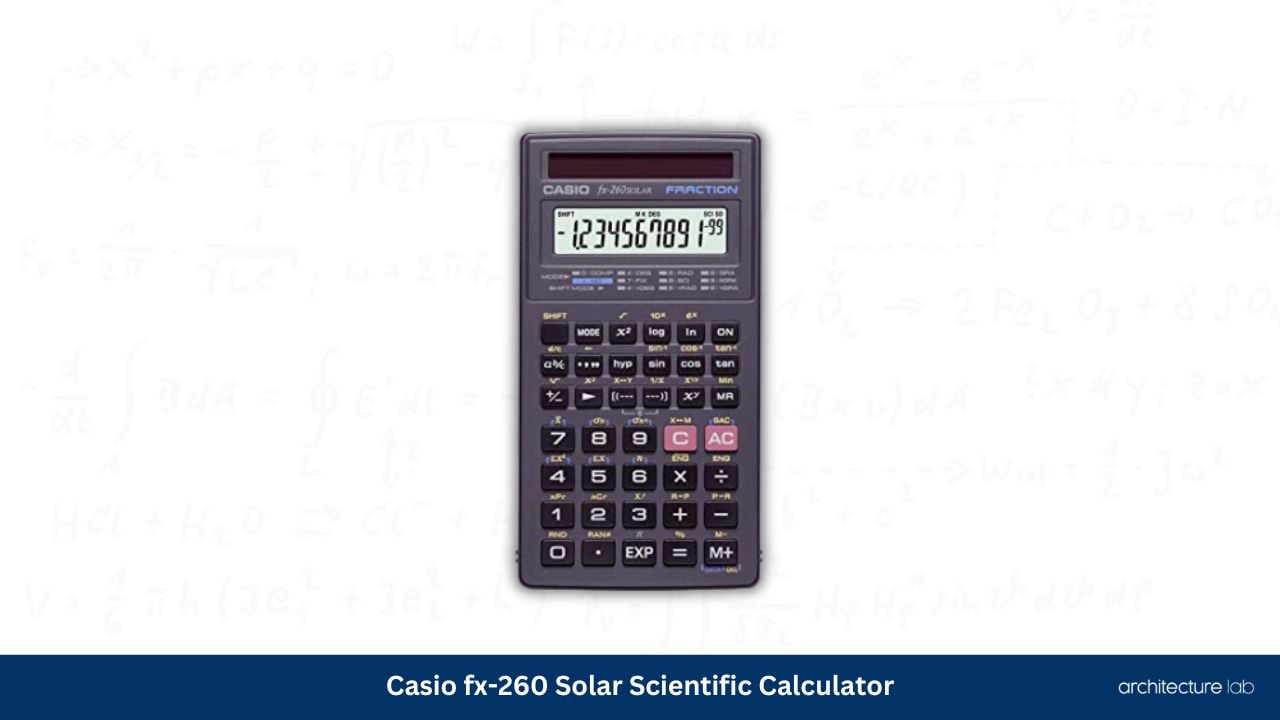In the ever-evolving world of science, engineering, and mathematics, the right tools can make all the difference in solving complex problems quickly and accurately.
Scientific calculators are indispensable instruments that can handle a wide range of calculations, from basic arithmetic to advanced functions like logarithms, trigonometry, and matrix operations.
With a plethora of options available, it’s crucial to choose the best scientific calculator that meets your specific needs and preferences. When selecting the perfect scientific calculator, consider the following top 3 factors:
Functionality: The most important aspect of a scientific calculator is the range of functions it offers. Make sure to choose a calculator that supports all the necessary operations and functions required for your coursework, profession, or personal use. Some calculators come with built-in features like unit conversion, statistical analysis, and programming capabilities, so carefully evaluate your needs before making a decision.
Ease of Use: A user-friendly interface is essential for efficient problem-solving. Look for calculators with a well-organized keypad, intuitive menu navigation, and a clear display that is easy to read in different lighting conditions. Additionally, consider the calculator’s size and weight to ensure it fits comfortably in your hand and is portable for on-the-go use.
Durability and Battery Life: A reliable scientific calculator should be sturdy and durable, with a long-lasting battery life. Opt for models with a robust build, preferably with a protective case to prevent damage from accidental drops. Moreover, calculators with solar power or dual power sources can save you from the hassle of frequently replacing batteries and ensure uninterrupted use during important exams or projects.
Now that you have a clear understanding of the critical factors to consider when choosing a scientific calculator, it’s time to explore our curated listicle, featuring top recommendations to suit a variety of needs and budgets.
With our buying guide, you can confidently select the best scientific calculator to enhance your problem-solving capabilities and excel in your field.
Best Scientific Calculators
Here is the list of the 6 best scientific calculators to help you find the right one for your needs.
Best Performance
Texas Instruments Nspire CX CAS Graphing Calculator
With a whopping cost of $154.95, the TI Nspire CX CAS calculator is a great invention. It has one of the sleekest designs and is a great graphing calculator.
During our hands-on testing, we found that its rechargeable battery consistently lasted up to 2 weeks with normal usage, providing a longer-lasting performance compared to the Texas Instruments TI-84 Plus CE Graphing Calculator. This ensures greater reliability during extended study sessions and examinations.
This graphing calculator helps in an overlay, color coding equations, points, objects, and lines on the backlit display. It does so on digital images or own photos.
It has quite a large screen size of 320×420 pixels and is moderately light too. It comes with a one–year guarantee.
This model not only can solve basic to complex mathematical and scientific problems but also find anti-derivatives, find exact solutions in irrational forms, etc. The use of graphs, sliders, animating points on objects, animations, and graphic hypotheses, makes it so unique.
One could even save notes while solving problems on the screen, making it very handy. Graphical methods, like plots, histograms, etc. are also used with ease on this calculator.
Getting used to the vast functions of the calculator may be a little complex, but it is one of the best graphing calculators out there.
Best Battery and Lightweight
Texas Instruments TI-84 Plus CE Graphing Calculator
The Texas Instruments TI-84 Plus CE Graphing Calculator earns our recommendation as the best overall graphing calculator for several reasons. It delivers robust software at a reasonable price, and its performance and design improvements make it a more modern take on the older TI-84 editions.
This calculator is equipped with a backlit color display, which is highly beneficial for easily plotting multiple functions and extracting information. Its impressive storage capacity of 3.0MB ROM and 154K RAM allows users to program complex equations and constants, essential for completing exams on time.
At a weight of 340.19 grams, the TI-84 Plus CE is about 30% lighter than its predecessor, making it much more convenient to carry around. Additionally, its rechargeable 1200 mAh battery provides about a month of use on a single charge.
The TI-84 Plus CE’s capabilities come at a great value, given its 48MHz processing speed and 3MB of ROM. It is widely accepted for high school exams, including the PSAT, SAT, ACT, AP exams, and IB testing.
Best Budget
Casio fx-9750GII Graphing Calculator
The Casio fx-9750GII emerges as the top choice for the most affordable graphing calculator with the best technical specifications. Retailing at under $70, it offers great value and functionality to engineering students.
A standout feature of the CASIO fx-9750GII is its support for programming in Python—a widely popular language across various engineering disciplines. The calculator’s user-friendly design simplifies the learning curve by focusing on essential graphing calculator features while omitting complex functions such as 3D graphing, spreadsheets, and periodic tables.
While the CASIO fx-9750GII lacks a color display, it still offers decent storage (0.26 MB RAM, 62,000 bytes of memory) and is powered by AAA batteries which last for an estimated 230 hours. Weighing 226.8 grams, this graphing calculator is lightweight and portable.
Although its 64 x 128-pixel resolution may not be the best, the CASIO fx-9750GII remains an optimal choice for students on a budget. This calculator is also widely accepted for various high school exams, including the PSAT, SAT, ACT, IB, and AP tests.
Best for Engineering/Scientific Calculations
Casio fx-991EX Calculator
The calculator has excellent reviews and is highly rated for the right reasons.
The product is priced in the $20 range and is at par with the other standard Casio Scientific calculators with the same features, in the market.
The sleek design of the calculator makes it easy to carry in backpacks, as well as laptop bags. The high-resolution display helps in displaying more numbers and amounts of information with high accuracy. The rapid delivery of solutions to problems of the calculator is another feature.
The ease with which advanced calculations involving calculus, integration as well as other vector and inequality calculations are done, is quite impressive.
Due to the very high resolution of the LCD, more detailed information like spreadsheets, matrix calculations, ratios, statistics, and other simple to complex functions can be performed, making it a more feature-rich alternative to the Texas Instruments TI-36X Pro Calculator, which provides similar functionality but with a smaller screen size.
Another cool feature of the calculator is that it can also help in getting a graphical representation of data by scanning a QR code for data.
In our hands-on comparison, we found the FX-991EX calculator’s natural, textbook display to be remarkably user-friendly, allowing for a seamless transition from paper to calculator during problem-solving sessions..Powered by solar power and battery backup, the calculator has had power for a very long time.
This calculator is perfect, lightweight, durable, and highly suggested for high school as well as college students.
Best for School
Texas Instruments TI-36X Pro Calculator
Often many educational institutes, as well as examinations, don’t permit graphing technology and scientific calculators. The TI-36X Pro solves all such problems.
Priced at an affordable $22.83, this calculator has some great features. This Texas Instruments calculator has a multi-view display and can show multiple calculations at the same time.
It has a textbook view, like most scientific calculators. This makes it ideal for most educational settings and FE/PE engineering examinations.
This calculator can easily help in the conversion of fractions, decimals, etc. into other representations and also can be used to select radians/degrees, and floating/fix number format modes.
The TI-36X Pro helps in solving equations with 2-3 variables without matrix functions and also helps to solve quadratic equations.
It runs on batteries and can be replaced. It is compact and lightweight.
All in all, it is a recommendable scientific calculator for educational settings.
Best Basic Scientific Calculator
Casio fx-260 Solar Scientific Calculator
Priced at $17.90, this affordable yet handy scientific calculator has some cool features.
It is all-purpose, like most calculators, ranging from basic fraction, and trigonometry calculations to fixed decimal capabilities, square and cube roots, logarithms, scientific notations, etc.
It is powered by batteries and is replaceable. It has a ten-digit x Two-line LCD.
It can be used in most examinations, like the ACT, SAT, AP, etc.
It is a great buy as a basic scientific calculator and is affordable, durable, and lightweight.
Best Scientific Calculators Comparison Table
| Product | Screen Size | Display Type | Processor Type | Memory | Battery Life | Key Features |
|---|---|---|---|---|---|---|
| Texas Instruments Nspire CX CAS | 3.5 inches | Color backlit LCD screen | ARM9 32-bit RISC CPU | 100 MB | Up to 2 weeks | CAS, Graphing, Geometry, Spreadsheet, Data Collection, Notes, etc. |
| Texas Instruments TI-84 Plus | 2.8 inches | Monochrome LCD screen | 15 MHz Zilog Z80 CPU | 24 KB | Up to 2 weeks | Graphing, Scientific, Programming, Data Collection, etc. |
| CASIO fx-9750GII Graphing Calc. | 2.8 inches | Monochrome LCD screen | SH4A CPU | 62 KB | Up to 200 hours | Graphing, Scientific, Financial, Statistical, Spreadsheet, etc. |
| Casio FX-991EX | 4.4 inches | Color backlit LCD screen | ARM Cortex-M4 CPU | 4 MB | Up to 2 years | Scientific, Financial, Statistical, Equation Solver, etc. |
| Texas Instruments TI-36X | 4.0 inches | Monochrome LCD screen | Not specified | Not spec. | Up to 4 years | Scientific, Engineering, Math, Fraction Calculations, etc. |
| Casio FX 260 Solar II | Not spec. | Monochrome LCD screen | Not specified | Not spec. | Solar powered | Basic Math, Fraction Calculations, Trigonometry, etc. |
Buying Guide for the Best Scientific Calculator
Scientific calculators are essential tools for students, engineers, and scientists, helping them solve complex mathematical problems quickly and accurately. In this buying guide, we will discuss the important factors to consider when looking for the best scientific calculator for your needs.
We will also provide a helpful tips section to assist you in making an informed decision.
1. Purpose and Functionality
The first thing to consider is your specific needs and the calculator’s functionality. Different calculators cater to different subjects and purposes:
- Basic scientific calculators: Suitable for high school students or those who require only basic scientific functions.
- Advanced scientific calculators: Suitable for college students and professionals in fields like engineering, physics, and other advanced disciplines.
2. Brand Reputation and Durability
Choose a calculator from a reputable brand that is known for producing high-quality, durable devices. Some popular brands include Texas Instruments, Casio, Hewlett-Packard (HP), and Sharp.
3. Display
The display is a critical aspect of any scientific calculator. Consider the following factors:
- Screen size: Choose a screen that is large enough to display multiple lines of calculations and results.
- Resolution: Higher resolution screens provide better visibility and readability.
- Backlight: A backlit display improves visibility in low-light conditions.
4. Number of Functions
Different calculators come with varying numbers of built-in functions. Ensure that the calculator you choose has all the necessary functions for your course or profession.
For instance, a calculator with a built-in computer algebra system (CAS) can be beneficial for advanced mathematics, while engineering students may require calculators with matrix and vector operations.
5. Ease of Use
Consider a calculator with an intuitive user interface and well-organized buttons. A calculator that is easy to navigate will save you time and reduce the chances of making errors in your calculations.
6. Battery Life
Choose a calculator with long battery life. Some calculators have solar panels to extend battery life or offer a combination of solar and battery power.
7. Connectivity
Some advanced calculators offer connectivity options, such as USB ports, allowing you to connect your calculator to a computer for data transfer, software updates, or programming.
8. Price
Scientific calculators come in a range of prices, depending on their features and capabilities. Set a budget and choose a calculator that provides the best value for your needs.
Additional Tips
1. Consult your course syllabus, instructor, or colleagues to determine which calculator functions are necessary for your studies or profession.
2. Read online reviews and compare user experiences to help you make a well-informed decision.
3. Check if the calculator is approved for use during standardized tests like the SAT, ACT, or AP exams if you plan to use it for these purposes.
4. Consider purchasing a protective case to prolong your calculator’s life and protect it from damage.
Additional Resources Links
Here are some resource links that could help you to understand your new calculator:
- Texas Instruments Education Technology
This official resource offers guides, tutorials, and activities to help users make the most of Texas Instruments calculators. - Casio Education
Casio Education provides support materials, how-to videos, and web-based resources to help users understand and utilize Casio calculators. - Calculator Techniques and Tips on YouTube Channels
These YouTube channels provide video tutorials, tips, and techniques for using and programming scientific calculators.
These resources will help you to better understand the features and applications of different scientific calculators.
Which model would be the best for solving complex problems at an affordable price?
There are various models available in the market that can solve complex problems at an affordable price, such as the Casio fx-991EX or the Texas Instruments TI-36X Pro.
Which scientific calculator with graphing capabilities is considered the best?
The best scientific calculator with graphing capabilities is a matter of personal preference but we believe the Texas Instruments Nspire CX CAS Graphing Calculator is the best one.
What are some typical applications of an advanced scientific calculator?
Advanced scientific calculators are typically used in engineering, mathematics, physics, and other sciences to perform complex calculations, graphing, and statistical analysis. They may also be used in standardized testing, such as the SAT or ACT.
What is the difference between the C and CE buttons on a calculator?
The “C” button on a calculator stands for “Clear,” which clears the display and any stored calculations. The “CE” button stands for “Clear Entry,” which clears only the last entered number or calculation.
Conclusion
After careful analysis and consideration of the above-mentioned scientific calculators, it becomes evident that each of these devices caters to different needs and preferences, allowing users to make the most of their mathematical and engineering capabilities.
Whether you prioritize advanced functionality, price, or ease of use, there is a calculator on this list that will fulfill your requirements.
From the above 6 best Scientific Calculators, here are the top three expert recommendations:
- Texas Instruments Nspire CX CAS Graphing Calculator is an ideal option for users who need a high-performing calculator with extensive features, including CAS, graphing, geometry, and more.
Its superior screen size and long battery life, paired with the ability to save notes while solving problems, make it perfect for those aiming to tackle complex mathematical and scientific problems. - Texas Instruments TI-84 Plus CE Graphing Calculator is a good option for students who value both performance and affordability.
As a more modern version of the TI-84, this calculator boasts a backlit color display and an impressive storage capacity, essential for exams and various high-school tests. Its lightweight design and month-long battery life add to its appeal. - CASIO fx-9750GII Graphing Calculator is the right choice for students on a budget who seek a balance between cost and functionality.
Its support for programming in Python and user-friendly design are significant advantages, and though it may lack some advanced features and resolution, it is widely accepted for high school exams and caters to essential graphing calculator requirements.
Ultimately, the ideal scientific calculator is highly dependent on the user’s requirements and preferences. By evaluating the unique features and strengths of these top three expert recommendations, you will be better equipped to make an informed decision and select the perfect calculator for your needs.
So, invest in one of these top-performing scientific calculators, and unlock your full mathematical potential.
Related Articles

